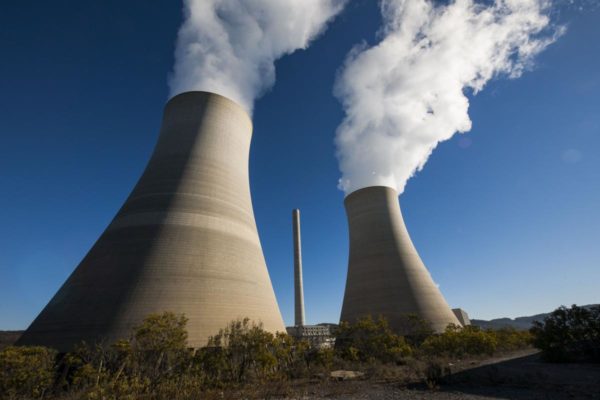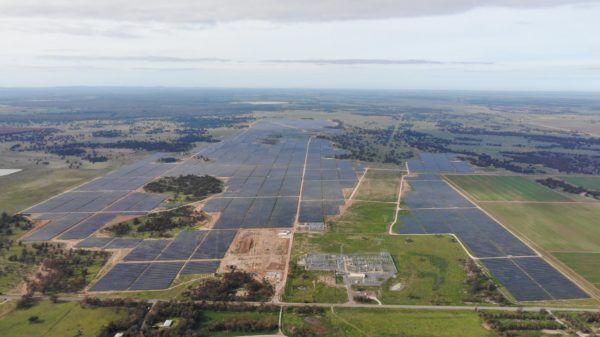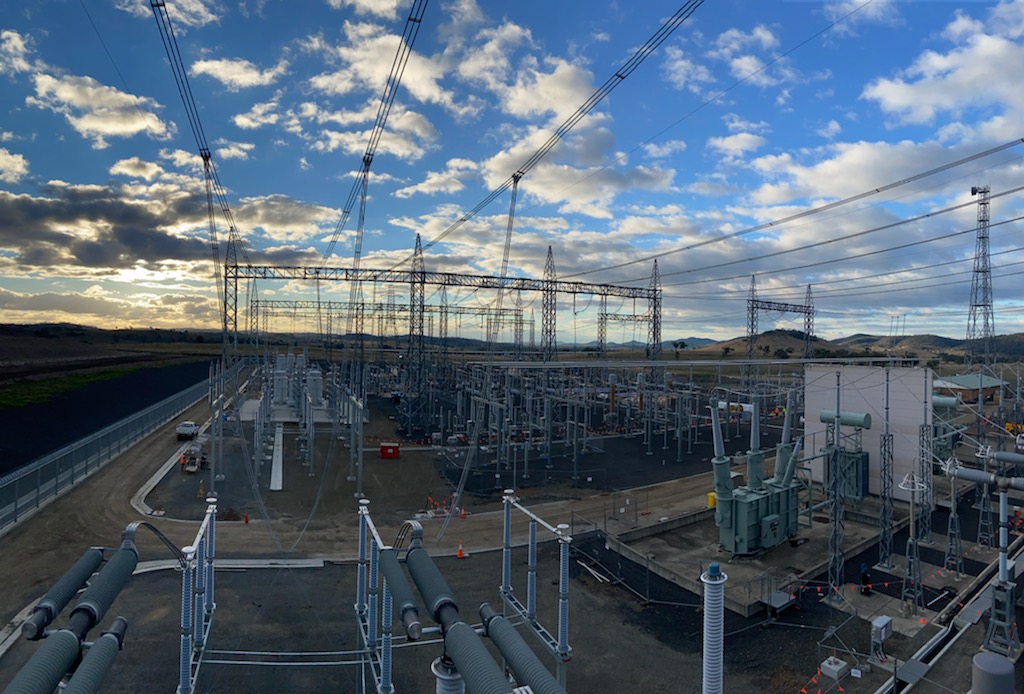With the entry of record levels of renewable energy into Australia’s energy market needing to be coordinated with the exit of ageing fossil-fuelled generation, the Australian Energy Market Commission (AEMC) has released a final rule on system strength, a smooth and predictable voltage waveform critical for the maintaining of a stable and reliable power system.
Australia’s generation mix is changing rapidly with new energy resources including solar, wind, batteries and hydrogen entering the system, pushing out coal and even gas-fired generation.
The Energy Security Board (ESB) has estimated that over the next 20 years, between 26 GW and 50 GW of large-scale renewable energy is expected to come online in Australia, along with between 13 GW to 24 GW of distributed solar. This predicted influx is in addition to existing and committed projects.
At the same time Australia’s traditional generation plants are exiting the market, with two-thirds of the existing fossil-fuel facilities set to be shuttered by 2040.
The AEMC said the scale of incoming renewable energy is leading to higher demand for essential system services, such as system strength, which have traditionally been provided by the large synchronous generators.
The Commission said the existing ways of providing system strength services are no longer fit for purpose, leading to delays in generators connecting to the grid while the Australian Energy Market Operator (AEMO) has been required to intervene in the market when there is inadequate system strength, including by potentially constraining renewable power.

Image: EnergyAustralia
AEMC chair Anna Collyer said the final rule was an important response to the transformation in the electricity system as it moves to a low-carbon future.
“We expect that batteries, renewable generators and big loads like hydrogen will find it simpler, faster and more predictable to connect to the grid as a result of this decision,” she said.
“Our approach to this rule change is a practical one, incorporating significant stakeholder input and analysis, that seeks to mitigate the consequences of inefficient market outcomes due to a lack of system strength.
“This should translate into more energy producers entering Australia’s National Electricity Market (NEM), which is a win for competition and a win for consumers.”
The AEMC said the new rule creates a three-pronged framework to create a more forward-looking regime so system strength is supplied where and when it is needed.
Transmission networks will be obliged to provide sufficient levels of system strength, reducing the costs and delays of connections to the grid. The AEMC expects this will keep the system secure while avoiding costly interventions and constraints that are otherwise paid for by generators connecting to the grid and customers.
New access standards will apply for large loads like hydrogen and generators including utility-scale solar and batteries that connect to the grid via inverters. The AMEC said by setting certain levels of technical performance, these standards will reduce the demand for system strength, helping to reduce the costs of supplying energy.

Image: Transgrid
A system strength mitigation requirement will also be introduced to ensure a clearer and more predictable way for new energy resources such as batteries to connect to the grid. Essentially, large loads and generators will either pay a charge for system strength or do their own remediation to provide their own system strength.
The Commission said this will replace and evolve the current ‘do no harm’ obligation on new connections.
Collyer said taken together, the changes are a landmark new approach to support the transitioning power system.
“Today’s rule should result in greater system security, fewer costly interventions by AEMO and a system that allows easier and quicker connections of new energy resources to the grid, helping to lower costs for consumers,” she said.
Collyer also suggested the reforms would provide more certainty for renewable energy investors.
“These new measures will allow investors to avoid a long, complex and potentially costly process when a new resource is connecting to the grid,” she said.
“Investors will also be in a better position to clearly gauge investments by reducing the need for costly and market-distorting interventions.”
The AEMC said the rule change dovetails with the final advice recently provided to Energy Ministers by the ESB on a fit-for-purpose market design post 2025.
This content is protected by copyright and may not be reused. If you want to cooperate with us and would like to reuse some of our content, please contact: editors@pv-magazine.com.









1 comment
By submitting this form you agree to pv magazine using your data for the purposes of publishing your comment.
Your personal data will only be disclosed or otherwise transmitted to third parties for the purposes of spam filtering or if this is necessary for technical maintenance of the website. Any other transfer to third parties will not take place unless this is justified on the basis of applicable data protection regulations or if pv magazine is legally obliged to do so.
You may revoke this consent at any time with effect for the future, in which case your personal data will be deleted immediately. Otherwise, your data will be deleted if pv magazine has processed your request or the purpose of data storage is fulfilled.
Further information on data privacy can be found in our Data Protection Policy.